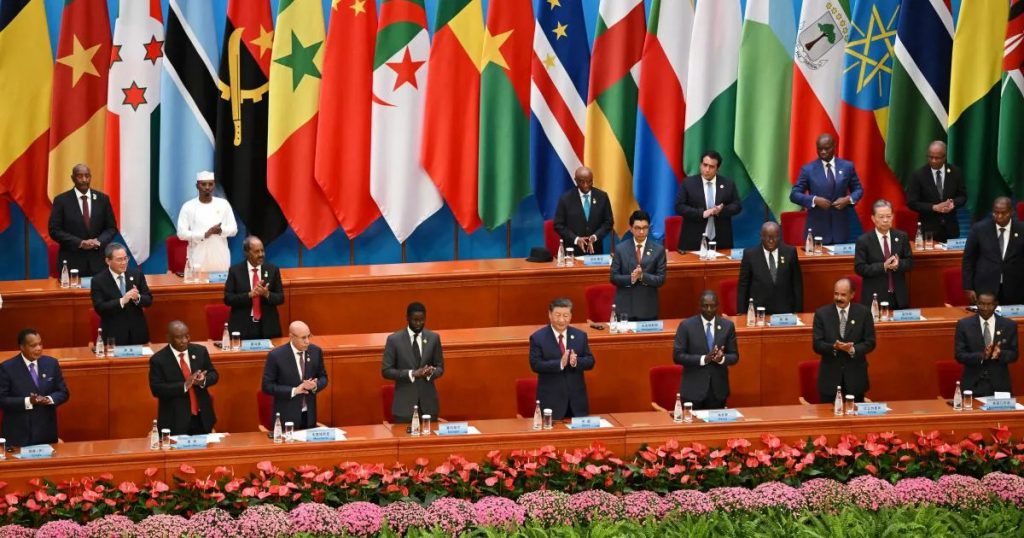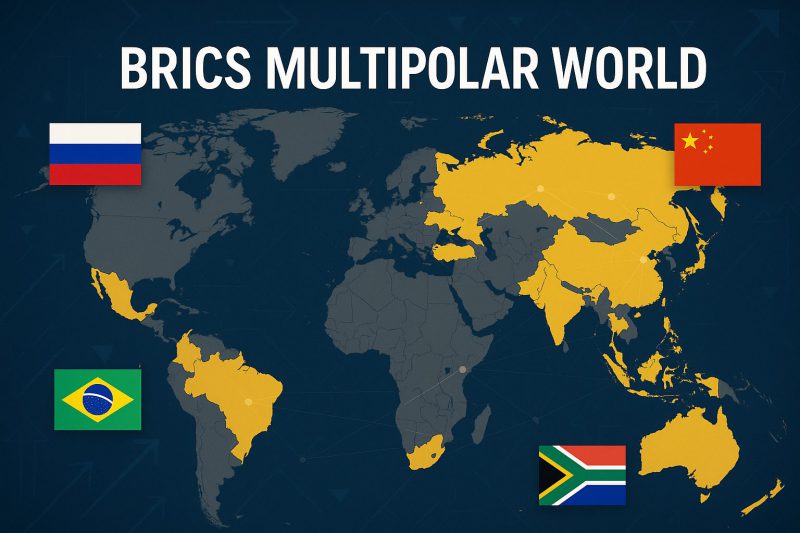The BRICS multipolar world is actually taking shape right now as the bloc expanded to 11 full members at the July 6-7, 2025 Rio summit. This growth shows how BRICS nations are establishing an alternative to Western-dominated institutions through BRICS and multilateralism. The alliance now represents a significant portion of multipolar world countries, and its BRICS global influence extends across continents as the world’s largest global south alliance.
Also Read: Morgan Stanley Sees India Leading BRICS Global Growth Through 2026
Can BRICS Nations Redefine Multilateralism and Global Power?


BRICS Expansion Shows Mixed Results in the Multipolar World
The Rio Declaration was adopted with 126 points, yet the summit actually revealed some internal challenges within the BRICS multipolar world structure. Chinese President Xi Jinping was absent, Russian President Vladimir Putin participated virtually, and even leaders from Egypt and Iran didn’t attend.
Felipe Porto, an associate researcher at the Brazilian Foreign Policy Observatory, had this to say:
“Many of the 180 working groups launched under Brazil’s BRICS presidency reportedly failed to meet. They signalled a bloc expanding in size but eroding in cohesion.”
Despite these issues, BRICS and multilateralism gained momentum through the declaration, which condemned military strikes and trade restrictions while carefully avoiding naming the US.
Historical Roots Connect BRICS Nations to Global South Legacy
The BRICS multipolar world draws from the 1955 Bandung Conference, where 29 nations established the “Ten Principles of Peace.” This foundation helped create today’s multipolar world countries framework, connecting BRICS to the Non-Aligned Movement.
Brazilian President Luiz Inacio Lula da Silva described the bloc as:
“the heir to the Non-Aligned Movement”
He also said it was the first organization to unify Global South nations. However, the relationship between BRICS nations and the Global South remains complex, as four former Soviet states in BRICS didn’t actually participate in historical Global South movements.
Geopolitical Tensions Test BRICS Global Influence
US President Donald Trump responded aggressively to the Rio Declaration, threatening the BRICS multipolar world initiative.
Trump stated:
“Any Country aligning themselves with the Anti-American policies of BRICS, will be charged an ADDITIONAL 10% Tariff. There will be no exceptions.”
This reaction highlighted tensions between traditional Western powers and the emerging global south alliance. The response also demonstrated how BRICS and multilateralism faces direct opposition from established powers seeking to maintain dominance over multipolar world countries.
Natalie Sabanadze, a senior research fellow at Chatham House, stated:
“BRICS is designed to suit autocracies, built on limited commitments and self-interest, and used by authoritarian powers like China and Russia to promote an alternative world order.”
She also added:
“There are signs of a growing rift between Russia and China on one side and other members on the other regarding the future role and direction of BRICS.”
Future Direction of BRICS Global Influence
The success of the BRICS multipolar world depends on whether democratic members can actually guide the organization effectively. Four ASEAN members in BRICS – Indonesia, Thailand, Malaysia, and Vietnam – could influence the bloc’s trajectory.
Also Read: 10 Countries Likely To Join BRICS Alliance Next
M.A. Hossain, a Bangladesh-based political and defense analyst, wrote:
“As Southeast Asian countries deepen their engagement, the choices they make will help determine whether BRICS can evolve into a credible counterweight to Western dominance or whether it will falter under the weight of its own diversity.”
The BRICS multipolar world represents both opportunity and challenge for BRICS nations seeking to reshape global governance through enhanced BRICS and multilateralism while building a sustainable global south alliance.





